Save the date for the National Nanotechnology Initiative (NNI) Strategic Planning Workshop: Providing Critical Stakeholder Input to the 2010 NNI Strategic Plan; July 13-14, 2010 at the Palomar Hotel in Arlington, VA.
May 28th, 2010
Read more
New materials yield clues about high-temperature superconductors.
May 28th, 2010
Read more
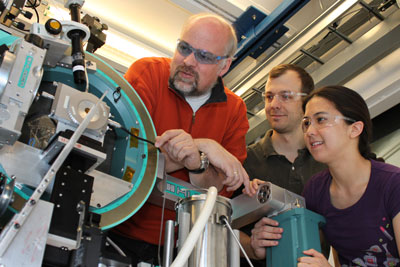 An intimate understanding of complex materials that lie at the heart of pharmaceuticals or even nuclear weapons can occur more quickly and efficiently thanks to an agreement between Los Alamos and Argonne national laboratories.
An intimate understanding of complex materials that lie at the heart of pharmaceuticals or even nuclear weapons can occur more quickly and efficiently thanks to an agreement between Los Alamos and Argonne national laboratories.
May 28th, 2010
Read more
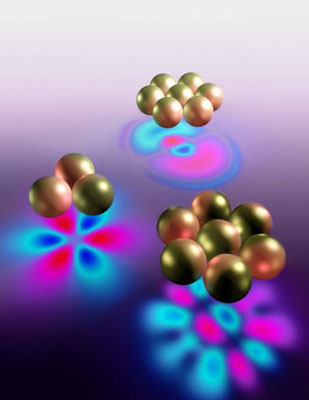 Scalable devices inspired by nature exhibit customizable optical properties suitable for applications ranging from highly sensitive sensors and detectors to invisibility cloaks.
Scalable devices inspired by nature exhibit customizable optical properties suitable for applications ranging from highly sensitive sensors and detectors to invisibility cloaks.
May 28th, 2010
Read more
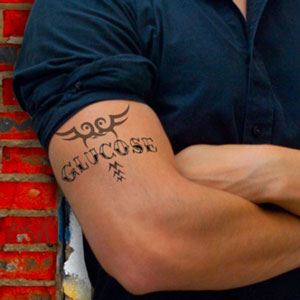 Researchers at MIT are working on a new type of blood glucose monitor that could not only eliminate the need for finger pricks but also offer more accurate readings.
Researchers at MIT are working on a new type of blood glucose monitor that could not only eliminate the need for finger pricks but also offer more accurate readings.
May 28th, 2010
Read more
European scientists have created a pioneering three-dimensional (3D) brain probing system that may provide new leads for understanding schizophrenia, Alzheimer's disease and other serious brain conditions.
May 28th, 2010
Read more
Mit 4,23 Millionen Euro foerdert die Europaeische Union den Aufbau von zwei Technologie-Zentren an der Uni Wuerzburg. Die neuen Einrichtungen befassen sich mit Nanotechnologien und mit ultrahochaufloesender Analytik.
May 28th, 2010
Read more
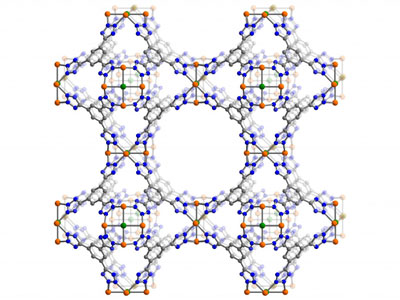 Jeffrey Long's lab will soon host a round-the-clock, robotically choreographed hunt for carbon-hungry materials. The Berkeley Lab chemist leads a diverse team of scientists whose goal is to quickly discover materials that can efficiently strip carbon dioxide from a power plant's exhaust, before it leaves the smokestack and contributes to climate change.
Jeffrey Long's lab will soon host a round-the-clock, robotically choreographed hunt for carbon-hungry materials. The Berkeley Lab chemist leads a diverse team of scientists whose goal is to quickly discover materials that can efficiently strip carbon dioxide from a power plant's exhaust, before it leaves the smokestack and contributes to climate change.
May 28th, 2010
Read more
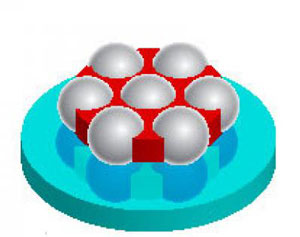 Scientists from four U.S. universities have created a way to use Rice University's light-activated nanoshells as building blocks for 2-D and 3-D structures that could find use in chemical sensors, nanolasers and bizarre light-absorbing metamaterials.
Scientists from four U.S. universities have created a way to use Rice University's light-activated nanoshells as building blocks for 2-D and 3-D structures that could find use in chemical sensors, nanolasers and bizarre light-absorbing metamaterials.
May 27th, 2010
Read more
Dr. Andriy Kovalenko will make a keynote presentation at the 2010 International Conference on Nanotechnology for the Forest Products Industry, presented by TAPPI and VTT. He is Senior Research Officer, Group Leader - Theory and Modeling, NRC-NINT and Adjunct Professor, Department of Mechanical Engineering, University of Alberta.
May 27th, 2010
Read more
The theoretical structure was confirmed via comparison to experimental results obtained by X-ray diffraction from powder samples of the pure cluster material.
May 27th, 2010
Read more
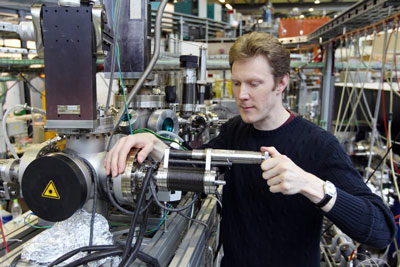 Christian Stamm and his colleagues at the Helmholtz-Zentrum Berlin fuer Materialien und Energie (HZB) can look back on six years of pioneering work at the synchrotron BESSY II. They have set up a unique experiment on so-called femtoslicing, and are now publishing a result obtained in collaboration with an external user group.
Christian Stamm and his colleagues at the Helmholtz-Zentrum Berlin fuer Materialien und Energie (HZB) can look back on six years of pioneering work at the synchrotron BESSY II. They have set up a unique experiment on so-called femtoslicing, and are now publishing a result obtained in collaboration with an external user group.
May 26th, 2010
Read more
Aiming to motivate researchers to help the U.S. Navy decrease its reliance on fossil fuels, the Office of Naval Research announced nine winners of an 'Energy Challenge' that was issued at its recent Naval Energy Forum.
May 26th, 2010
Read more
The DFM Workshop explores how both physics and economics conspire against performance, power and cost at the deep sub micron nodes.
May 26th, 2010
Read more
Gary D. Seidel, assistant professor of aerospace engineering in the College of Engineering at Virginia Tech, has received a Ralph E. Powe Junior Faculty Enhancement Award to support development of a carbon nanotube-enhanced composite for structural health monitoring sensors to improve the resiliency of huge wind turbine blades.
May 26th, 2010
Read more
Mit der Alterung biologischer Zellen beschaeftigen sich deutsche Wissenschaftler und Unternehmen in einem neuen Verbundprojekt. Modernste optische Methoden sollen die Prozesse in lebenden Zellen beruehrungslos charakterisieren und abbilden.
May 26th, 2010
Read more







 Subscribe to our Nanotechnology News feed
Subscribe to our Nanotechnology News feed